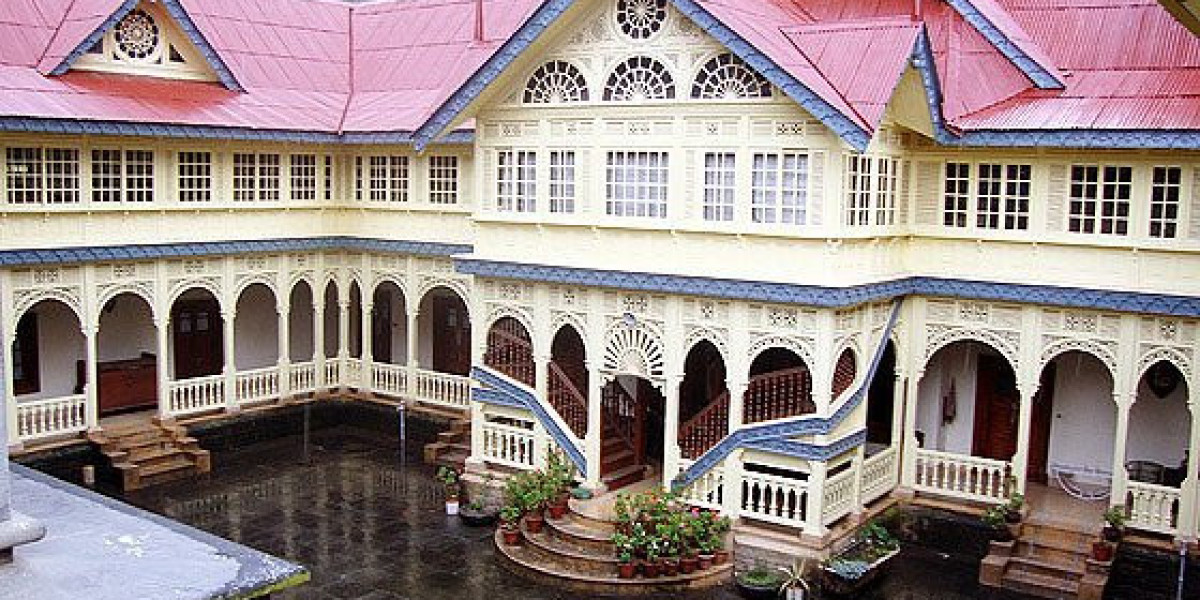Nestled amidst the mighty Himalayas, the northern Indian state of Himachal Pradesh boasts not only breathtaking landscapes but also a rich tapestry of history and culture. At the heart of this historical fabric lies the legacy of the Maharajas – the erstwhile rulers who reigned over various princely states in the region. Their stories are woven into the very fabric of Himachal's identity, shaping its traditions, architecture, and socio-political landscape. Join us on a journey through the thrones of the hills as we explore the legacy of the Maharajas of Himachal Pradesh.
The Maharajas and Their Kingdoms:
Himachal Pradesh was once dotted with numerous princely states, each governed by its own Maharaja or Rajput ruler. From Kangra in the west to Chamba in the northwest, and from Bilaspur in the south to Kinnaur in the east, these kingdoms formed the backbone of the region's socio-political structure. The Maharajas wielded both political and cultural influence, presiding over courts adorned with opulence and grandeur.
One of the most prominent among them was the Maharaja of Kangra, whose lineage traced back to the ancient Katoch dynasty. Known for their patronage of the arts and literature, the Kangra rulers fostered a vibrant cultural scene, particularly in the realms of music, poetry, and painting. The Kangra school of miniature painting, characterized by its delicate brushwork and vivid colors, flourished under their patronage, leaving an indelible mark on the region's artistic heritage.
Further north, in the picturesque valley of Kullu, the rulers of the erstwhile Kullu Kingdom held sway. Renowned for their devotion to Lord Raghunath, the patron deity of the valley, the Kullu Maharajas presided over elaborate religious ceremonies and festivals, drawing devotees from far and wide. The Dussehra festival in Kullu, marked by colorful processions and traditional rituals, remains a testament to their enduring legacy.
In the remote valleys of Lahaul and Spiti, the rulers grappled with the harsh realities of their mountainous terrain, governing with a blend of pragmatism and piety. The Gond rulers of Lahaul, known for their austere lifestyle and Buddhist faith, left behind a legacy of monasteries and stupas that dot the high-altitude landscape to this day. Similarly, the rulers of Spiti, descended from the royal family of Mustang in present-day Nepal, governed their kingdom from the fortified monasteries perched atop rocky cliffs, safeguarding both their spiritual and temporal authority.
The Architectural Heritage:
The architectural legacy of the Maharajas of Himachal Pradesh is as diverse as the landscapes they governed. From ornate palaces and temples to rugged fortresses and monasteries, their patronage gave rise to a myriad of architectural styles that reflect the region's multicultural ethos.
In Kangra, the imposing Kangra Fort stands as a testament to the erstwhile glory of the Katoch rulers. Perched atop a hill overlooking the town of Kangra, this massive fortress with its thick stone walls and intricate carvings bears witness to centuries of tumultuous history.
In Chamba, the exquisite Laxmi Narayan Temple complex showcases the architectural finesse of the Chamba rulers. Built in the traditional hill style architecture, with its intricately carved wooden facades and sloping slate roofs, the temple complex is a masterpiece of craftsmanship and devotion.
In Kullu, the Raghunath Temple complex stands as the crowning glory of the valley's architectural heritage. Dedicated to Lord Raghunath, the temple complex is adorned with exquisite wood carvings depicting scenes from the Ramayana and Mahabharata, reflecting the rich mythological traditions of the region.
The Legacy Continues:
While the era of princely states may have come to an end with India's independence in 1947, the legacy of the Maharajas of Himachal Pradesh lives on in the hearts and minds of its people. From the vibrant festivals and fairs that celebrate their memory to the majestic forts and temples that bear their imprint, their influence endures as a reminder of a bygone era.
Today, as Himachal Pradesh embraces modernity while staying true to its roots, the spirit of the Maharajas continues to inspire and guide its journey forward. Their legacy serves as a bridge between the past and the present, enriching the cultural tapestry of the region and shaping its collective identity.
Conclusion:
In the thrones of the hills, amidst the towering peaks and verdant valleys of Himachal Pradesh, the Maharajas once held court, shaping the destiny of the land and its people. Theirs is a legacy of valor and vision, of art and architecture, woven into the very fabric of the region's history and culture. As we traverse the timeless landscapes of Himachal Pradesh, we cannot help but marvel at the enduring legacy of the Maharajas – the true architects of the hills. Moreover, their influence permeates every aspect of the region's culture and heritage. Furthermore, their stories continue to captivate the imagination of generations to come. Additionally, their contributions have left an indelible mark on the socio-political landscape of the region. Equally important is their role in fostering a sense of unity and identity among the diverse communities of Himachal Pradesh.
Likewise, their patronage of the arts has left a lasting legacy that still resonates today. Correspondingly, their architectural marvels stand as a testament to their grandeur and opulence. Similarly, their devotion to religion and spirituality shaped the religious landscape of the region. Consequently, their reigns were characterized by both prosperity and adversity. Henceforth, their legacies serve as a reminder of the rich tapestry of history that defines Himachal Pradesh. In addition, their influence extends far beyond the confines of their kingdoms.
Notably, their diplomatic acumen helped navigate the complex geopolitics of their time. In a similar vein, their alliances with neighboring states secured peace and stability in the region. Likewise, their administrative reforms laid the groundwork for modern governance in Himachal Pradesh. Furthermore, their commitment to social welfare endeared them to their subjects. Subsequently, their reigns marked a period of cultural renaissance in the region.















